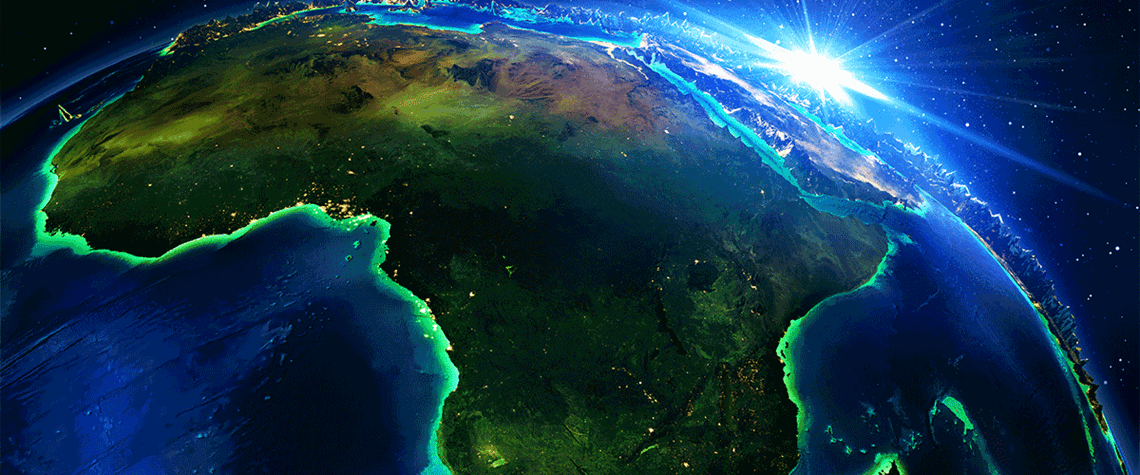African gas flaring offers opportunities and challenges
Sub-Saharan Africa is chronically starved of energy, and yet the region flares disproportionate volumes of gas every year
African governments and international bodies are attempting to reduce or at least discourage routine gas flaring, both for environmental reasons and to tap that unused energy resource. But the region still faces hurdles before it can utilise associated gas effectively. Africa—including the significant hydrocarbon-producing nations of North Africa—accounts for around 20pc of global flaring volumes but less than 10pc of oil production, according to the World Bank’s Global Gas Flaring Reduction Partnership. Algeria, Libya and Nigeria—among the continent’s largest producers—accounted for 70pc of the total in 2021. But World Bank data shows that sub-Saharan Africa still flared 13.66bn m³ in 2021—

Also in this section
30 December 2025
Heightened unpredictability in the global energy market underlines the vital nature of UGS, which provides reliability, affordability and resilience
29 December 2025
The surge in power demand created by the AI boom means energy policy and national security are now one and the same
24 December 2025
As activity in the US Gulf has stagnated at a lower level, the government is taking steps to encourage fresh exploration and bolster field development work
23 December 2025
The new government has brought stability and security to the country, with the door now open to international investment







